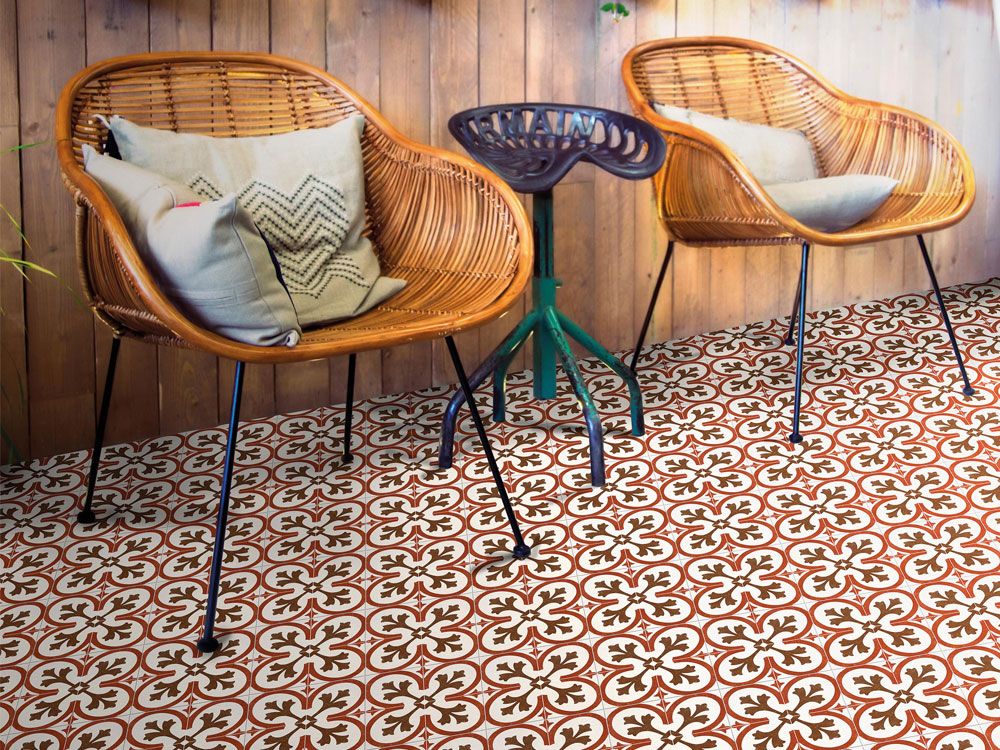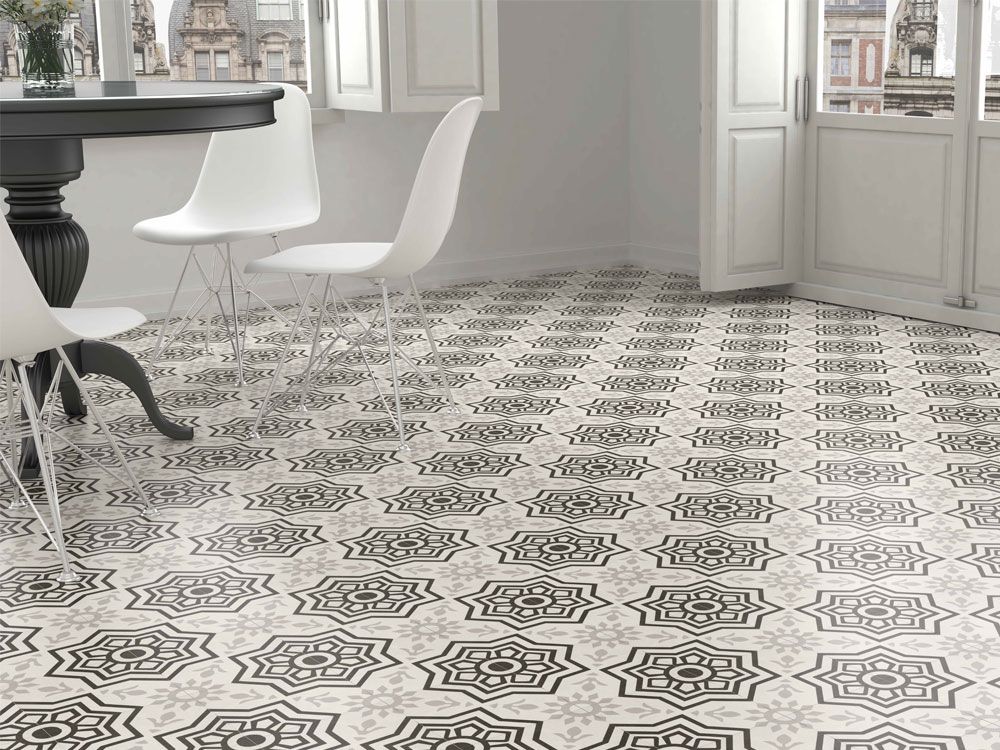What Is Encaustic Tile?
Ceramic tiles that do not have a glaze or shape and are made of different colors of clay are called encaustic tiles. In this model of tile, the pattern is inlaid on the body of the tile so that the design remains as the tile wears out.
Cement tiles have countless patterns and color combinations. The designs of encaustic tiles are often influenced and inspired by different cultures and architectures. This tile model is used in kitchen backsplashes to floors to outdoor spaces to decorative wall features.
About The History Behind The Encaustic Tiles
These popular tiles that we see all over the kitchen and bathroom these days may be cement or ceramic. The word “encaustic” means “to burn” and came from Ancient Greek. It is actually describing the process of using enameling and painting thousands of years ago. In the Middle Ages, in the 13th to 16th centuries, they were widely used in monasteries and churches. But after that they were not used for almost a few hundred years and disappeared, but this type of tile regained its popularity during the Gothic period.
About The Look Of Encaustic Tiles
Regarding the appearance of these tiles, it should be said that they are prominent and patterned tiles that are made of two to six colors. Because the colors pass through the tile itself, their color and design do not fade much over time.
What Is The Reason For Their Popularity?
They are full of dazzling colors and their striking and different patterns have made them quickly become one of the main components of interior design. Another reason for their popularity is that encaustic tiles are environmentally friendly and unlike ceramic tiles, they are not baked in a kiln and do not produce waste.
Where Can I Use Encaustic Tiles?
Yes, encaustic tiles are appropriate for using them in wet areas like bathrooms. Because these tiles have natural pigments, their dark colors and patterns will probably fade a little after a while, but this does not diminish the attractiveness of encaustic tiles.
Encaustic tiles can withstand well-protected areas, even outdoors, such as in a covered patio. They are suitable for installation around swimming pools, where they are usually used, and can create a different atmosphere for your pool.


